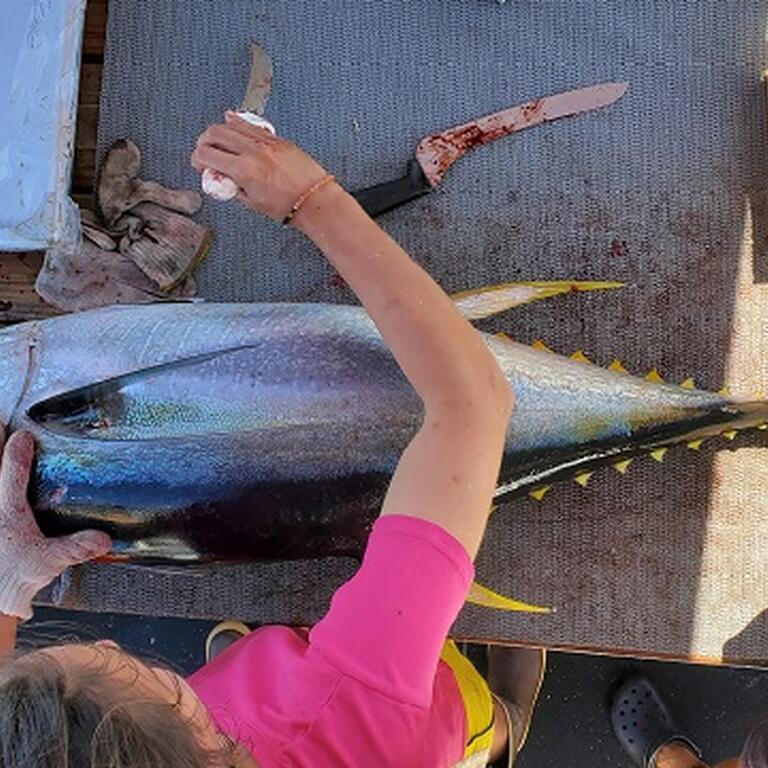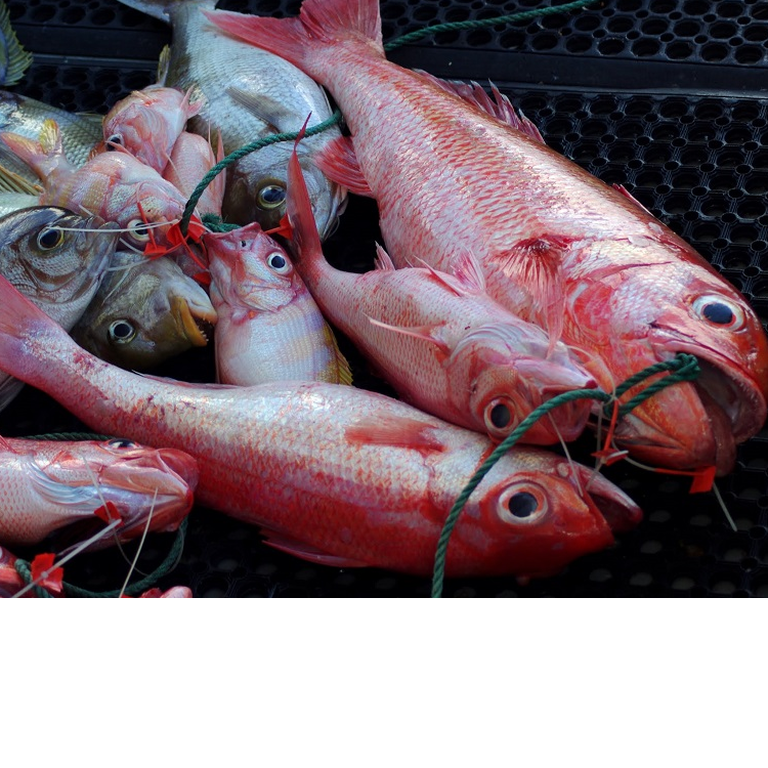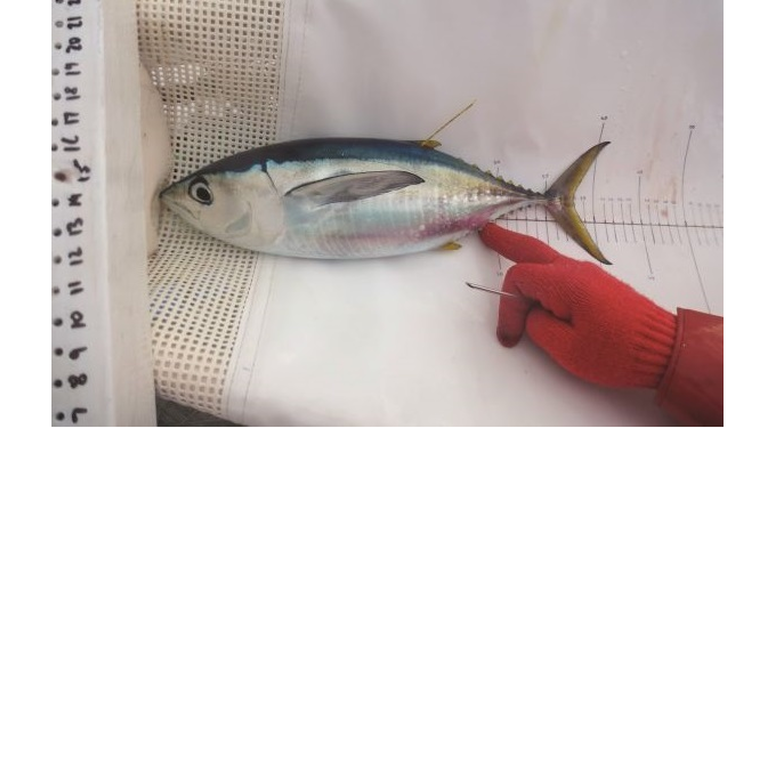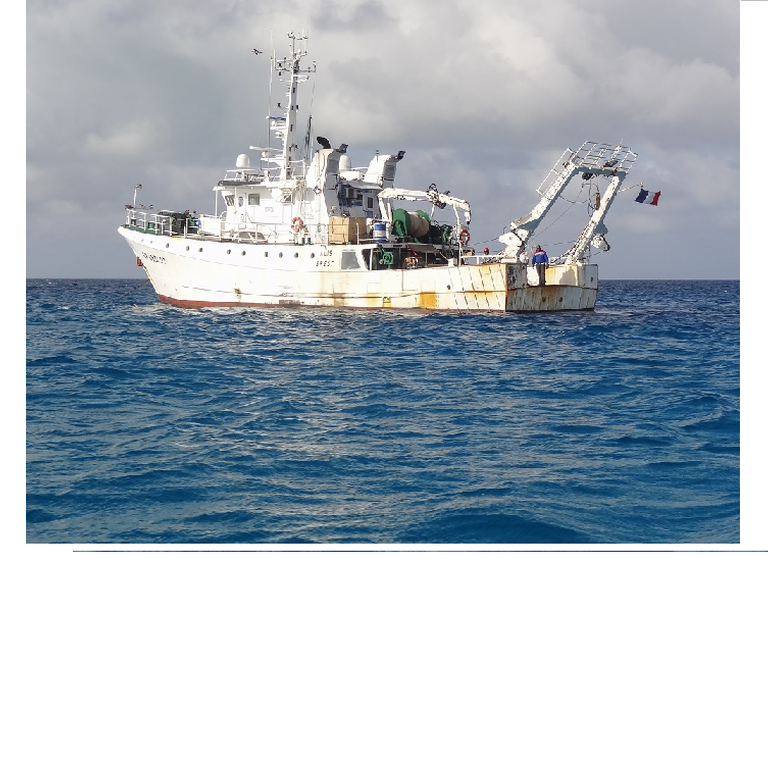Understanding the processes of marine ecosystems to support sustainable management
Pelagic ecosystems and the species they harbour are central to the livelihoods of many Pacific Island country and territory (PICT) communities. These ecosystems support rich fisheries for tuna and edible bycatch species throughout the western and central Pacific Ocean (WCPO), bringing economic benefits and food security to the region. Progress towards adoption of ‘ecosystem approaches’ to fisheries management that consider the interrelation of the environment and humans within such systems is a crucial step in ensuring that tuna and other key pelagic resources can continue to be harvested sustainably. This in turn provides options for building resilience in the PICTs against the socio-economic uncertainties brought about by climate change and its consequences.
SPC FAME, through its Oceanic Fisheries Programme, is pursuing a broad research agenda with this goal in mind. A core focus of the fisheries ecosystems monitoring and analysis (FEMA) and stock assessment and modelling (SAM) teams is to draw on existing data, collect new data and integrate these data within models. In this way, we can develop tools to shed new light on the dynamics of pelagic ecosystems in the WCPO and the mechanisms underlying their structure and function. The current work programme encompasses several themes which are further detailed in the pages under this section.
Research
The research which we carry out includes the analysis of data from biological samples. Fish otoliths or ‘ear stones’, gonads, stomachs, livers, dorsal spines, muscle, fin tissue and blood samples are routinely collected by fisheries observers and port samplers across the region, and are housed in the Pacific Marine Specimen Bank, located at SPC in Nouméa. These biological samples form the basis for research projects involving genetics and genomic techniques, otolith growth, chemistry and shape analysis, muscle stable isotope analysis, taxonomy and the study of micronekton, from which we glean new information on fish age, growth, maturity, diet, movement, population connectivity, stock structure, and food-web dynamics in the pelagic realm. Results generated from such studies feed directly into the regional assessment models that we use to estimate stock status and provide management recommendations for commercially-important species like tropical tunas.
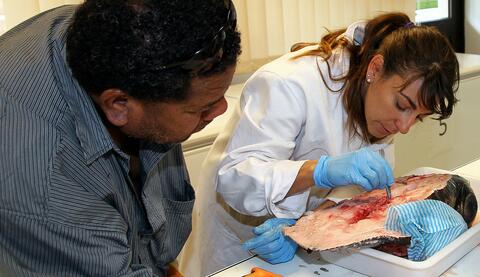
The effects from climate change and from fishing interact with each other. To explore the potential impacts of different climate change and fishing scenarios on target and bycatch species, we also develop and use ecosystems models. These provide a holistic view of the system so that we can evaluate the effects of these interactions to address the members’ ecological questions.
Work at sea
Much of our data for stock assessments and ecosystems analysis comes from the work we do at sea with our members and partners, through the Pacific Islands Regional Fisheries Observer program, the Pacific Tuna Tagging Programme, and research cruises. The tagging programme, for example, generates crucial data on tuna movement and mixing rates across the WCPO region necessary for the tuna stock assessments, while also offering a rare lens into the mysterious world of tuna behaviour and schooling dynamics.
To understand how changing fishing activity and fishing techniques scale with catch rates and environmental processes, we analyse fisheries catch and effort data and integrate these data within models. This helps us answer questions such as how does the increased use of drifting fish aggregating devices (dFADs) by tuna purse seine vessels affect catch rates and the ecosystem. With this information, we can make predictions on how the impacts of such changes might evolve into the future.
Collaborations
The FEMA and SAM teams continue to forge strong ties with local and international research institutes and universities, collaborating widely on a range of science and management related topics pertaining to pelagic ecosystems and the biological and ecological processes underpinning them.

